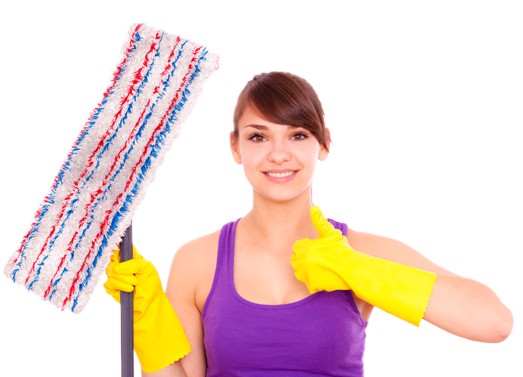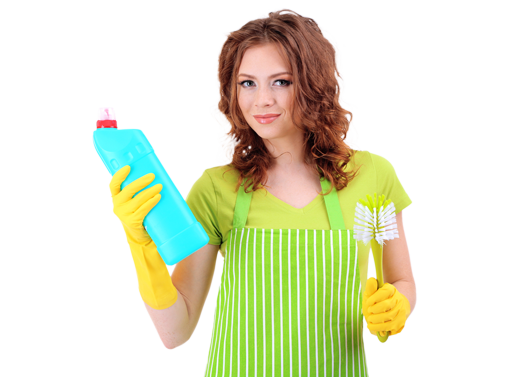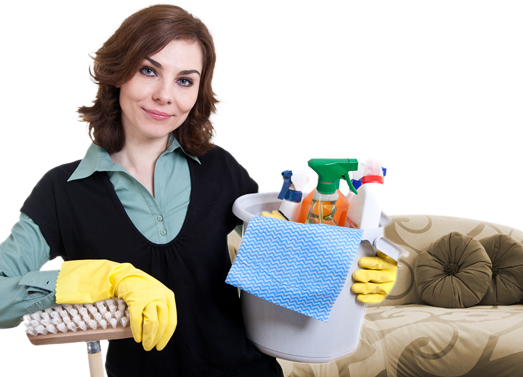Preserve the Beauty of Your Velvet Curtains with Proper Washing Methods
Posted on 18/05/2025
Preserve the Beauty of Your Velvet Curtains with Proper Washing Methods
Velvet curtains add a touch of luxury, warmth, and sophistication to any room. Their plush texture and rich appearance instantly elevate the decor, making them a favored choice for both classic and contemporary interiors. However, maintaining the pristine appearance and longevity of velvet drapes requires specialized care and attention--especially when it comes to washing. In this comprehensive guide, we'll explore the best techniques and tips to preserve the beauty of your velvet curtains with proper washing methods, ensuring they remain a stunning focal point in your home for years to come.
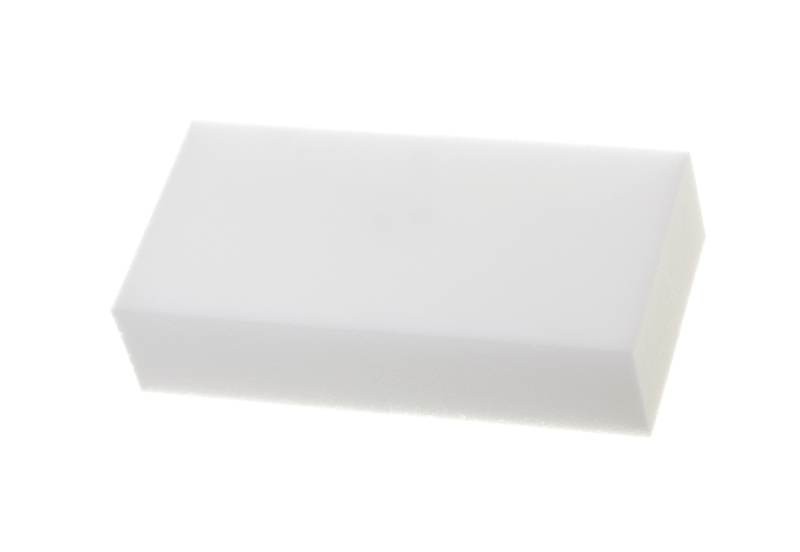
Why Velvet Curtains Need Special Care
Before diving into the washing process, it's crucial to understand what makes velvet unique. Unlike other fabrics, velvet features a dense pile--all those soft, upright fibers that give velvet its distinctive look and feel. This structure is both aesthetically appealing and delicate, making velvet susceptible to crushing, matting, and water staining if handled improperly. The key to keeping your velvet drapes luxurious is to recognize their special needs and provide them with the gentle care they deserve.
Different Types of Velvet in Curtains
- Cotton Velvet: Known for its natural fibers, breathability, and matte finish.
- Synthetic Velvet: Often made from polyester, offers greater durability and stain resistance.
- Silk Velvet: Extremely soft, lustrous, and delicate--often the most expensive type.
- Crushed Velvet: Features a deliberately crumpled texture for a unique, shimmering effect.
The type of velvet influences how you should wash and care for your velvet curtains, so always check fabric content before proceeding.
Essential Pre-Washing Preparations
Proper cleaning begins even before you start the actual washing. Here are a few steps you shouldn't overlook:
- Read the Manufacturer's Care Label: Always check the curtain's label for specific washing instructions and recommendations. Some velvet curtains are labeled dry clean only due to sensitive dyes or backings.
- Perform a Colorfastness Test: Test a hidden area of the curtain with a damp white cloth to ensure the dye doesn't bleed or fade.
- Remove Dust and Debris: Gently vacuum your velvet drapes using a soft brush attachment to remove surface dust, pet hair, and particulates.
- Spot Treat Stains: Carefully blot (never rub) any stains with a clean, damp cloth. For persistent spots, use a small amount of mild detergent diluted in water.
Best Methods to Clean Velvet Curtains
When it comes to preserving the appearance of velvet window treatments, the cleaning method you choose makes all the difference. Here's an overview of your safest and most effective options:
1. Professional Dry Cleaning
For expensive or antique velvet curtains, or those labeled dry clean only, professional cleaning remains the gold standard. Dry cleaners have both the expertise and specialized solvents to clean velvet thoroughly without damaging the fabric or its pile. This method is especially recommended for silk velvet and curtains with elaborate lining.
- Pros: Lowest risk of shrinkage, bleeding, or pile distortion.
- Cons: Can be costly and requires time for drop-off and pick-up.
2. Hand Washing Velvet Curtains
If your velvet curtains are made from cotton or polyester and the label allows, hand washing velvet curtains is a gentle and effective option.
- Fill a bathtub or large basin with lukewarm water and add a small amount of mild liquid detergent (preferably designed for delicates).
- Submerge one curtain panel at a time, swish the fabric gently, and avoid wringing or twisting, which can crush the velvet pile.
- Rinse thoroughly with cool water to remove all soap residue.
- Gently lift out of the water and let the excess water drain naturally. Roll in a clean towel to absorb moisture--never wring.
Important Tips:
- Always use tepid (not hot) water to avoid shrinking or damaging fibers.
- Wash velvet drapes one panel at a time for best results.
- Avoid prolonged soaking to protect the integrity of the pile.
3. Machine Washing Velvet Drapes
Some modern velvet curtains (particularly those made from durable, synthetic blends) may be machine washable. Always follow the label's instructions and keep these tips in mind:
- Use a large, front-loading washing machine to prevent excessive agitation.
- Select the delicate or gentle cycle with cold water.
- Launder curtains separately--never overload the drum.
- Use mild, non-alkaline detergents.
- Skip the spin cycle or use the lowest possible setting.
Note: Even if the label says machine washable, preserve velvet drapery beauty by limiting the number of machine washes and only cleaning when absolutely necessary.
How to Dry Velvet Curtains Without Damage
Improper drying is a common culprit behind crushed or misshapen velvet. To maintain the opulent appeal of your velvet curtains, always follow gentle drying practices:
- Avoid the Dryer: Tumble dryers are too harsh for velvet, risking shrinkage and deformation of the pile.
- Lay Flat to Dry: Spread the curtains on a large, clean towel or drying rack away from direct sunlight or heat sources.
- Hang Carefully: If space allows, drape the curtains over a clothesline or shower rod, supporting the weight evenly to prevent stretching.
- Reshape Gently: While the fabric is damp, fan out pleats and smooth the pile using your hands or a soft brush in the direction of the nap.
Patience is key--always let your velvet curtains air dry completely before rehanging to avoid musty odors and watermarks.
Reviving and Maintaining the Velvet Pile
After cleaning, your velvet curtains may appear flattened or lack their initial fluff. Here are ways to revive and maintain the plush texture of the velvet pile:
- Steam Gently: Hold a handheld steamer or the steam setting of your iron about an inch away from the fabric. Lightly steam the velvet to lift and rejuvenate the pile, brushing gently with your hand or a soft fabric brush.
- Avoid Direct Heat: Never press a hot iron directly against velvet as it can crush and permanently damage the fabric.
- Use a Velvet Brush: Specially designed velvet brushes help restore the natural nap and remove any light dust or lint.
If wrinkles remain, hang the curtains in a steamy bathroom--they will relax and lose creases naturally with the moisture in the air.
Common Mistakes to Avoid When Cleaning Velvet Curtains
To ensure your velvet curtains remain beautiful and elegant for years, keep these common pitfalls in mind:
- Skipping the care label: Always refer to the manufacturer's instructions before washing.
- Using harsh chemicals or bleach: These can permanently discolor and degrade velvet fibers.
- Over-washing: Velvet should only be cleaned when necessary; frequent washing accelerates wear and fading.
- Wrining or twisting wet velvet: This causes the pile to crush and lose its signature texture.
- Drying in direct sunlight: Prolonged sun exposure fades velvet's vibrant colors.
Preventative Care and Routine Maintenance
Regular care is the best defense for preserving velvet curtains' allure between washes:
- Dust weekly: Use a soft brush or vacuum with a gentle upholstery attachment.
- Minimize direct contact: Keep pets away and avoid touching the curtains with oily or dirty hands.
- Layer with sheers: Adding a sheer curtain layer can help protect velvet from sunlight and dust.
- Rotate panels: If your window receives uneven sun exposure, rotate curtain panels every few months for even wear and color retention.
Prompt Stain Management
Addressing spills and stains quickly minimizes potential damage:
- Blot up spills instantly with a dry, absorbent cloth without pressing too hard.
- For oily stains, sprinkle with cornstarch or baking soda to absorb, then brush off gently before spot cleaning.
Refreshing Velvet Curtains Between Washes
If your velvet drapes start to look limp or tired between washes, revive them with these tips:
- Use a fabric refresher spray that's safe for delicates, lightly misted from a distance.
- Steam the fabric regularly to eliminate odors and keep the pile looking lush.
- Groom with a velvet brush to redistribute the pile for a pristine finish.
Eco-Friendly Tips for Washing Velvet Drapes
Many homeowners want to balance beautiful home decor with environmentally conscious cleaning habits. Here's how you can protect your velvet curtains and the planet:
- Use biodegradable, gentle detergents designed for delicate fabrics.
- Spot clean whenever possible to reduce water and detergent use.
- Opt for air drying over energy-intensive tumble drying.
- Avoid over-washing by developing a routine cleaning schedule based on the curtain's actual level of use and exposure.
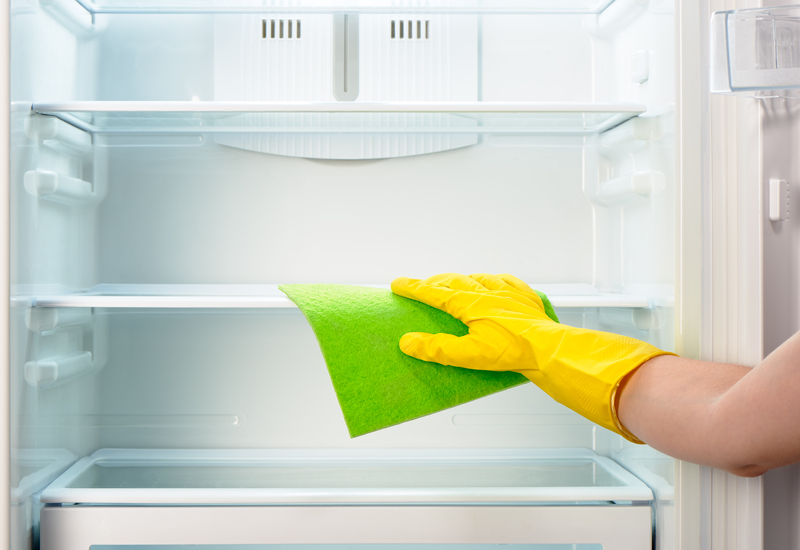
FAQs About Washing Velvet Curtains
- Can I iron my velvet curtains to remove wrinkles?
- No, direct ironing flattens and damages the pile. Use steam or hang in a steamy room instead.
- How often should I wash velvet curtains?
- Ideally, only when needed. Regular dusting and spot cleaning can minimize the need for full washes to once every 1-2 years.
- Is machine washing safe for all velvet drapes?
- Only if the manufacturer's label indicates. When in doubt, opt for hand washing or professional cleaning.
- What's the best way to store velvet curtains if not in use?
- Store in a cool, dry place folded gently with acid-free tissue paper; never hang velvet for long-term storage as this can deform the pile.
Conclusion: Celebrate Your Velvet Curtains for Years to Come
Velvet curtains are a worthwhile investment in home elegance and atmosphere. The secret to maintaining their grandeur lies in thoughtful care--consistent, gentle cleaning, attentive handling, and routine maintenance. By following the proper washing methods for velvet curtains outlined in this guide, you'll preserve their color, texture, and luxurious appeal for many years. Embrace these techniques, and you'll continue to enjoy the timeless beauty and sophistication of your velvet window treatments in every season.
Looking for more home care tips or blessed with particularly beautiful velvet drapes? Share your best methods, before-and-after photos, and experiences in the comments below!


